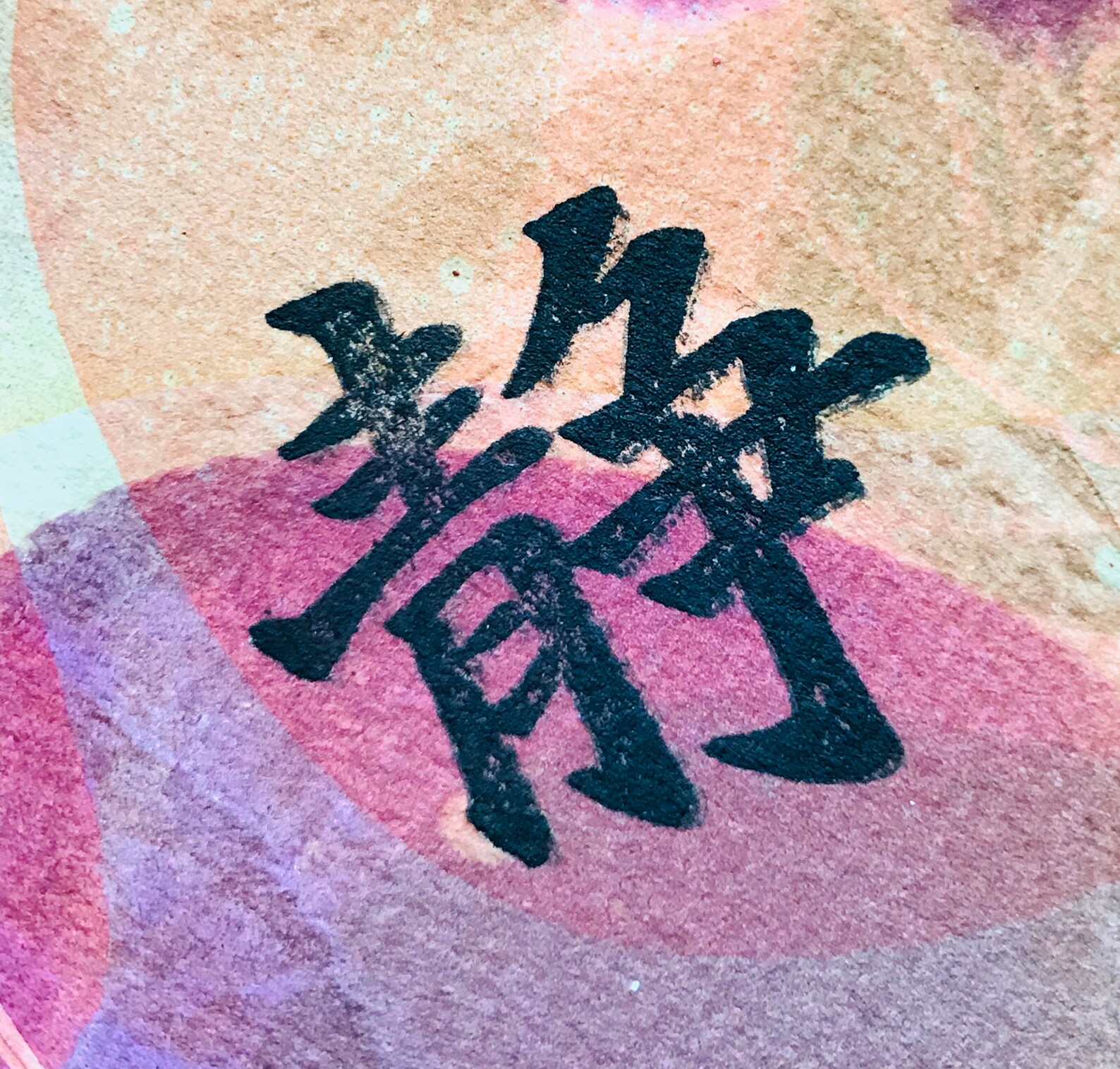

Great Unity (Taiyi 太乙), located in the Upper Prime (Shangyuan 上元), here the upper Cinnabar Field ( dantian 丹田) 2. Isabelle Robinet (1932–2000) alternated “charme” and “talisman” in her Méditation taoïste ( Paris: Dervy, 1979), 37– 57 Google Scholar.Ħ2 Further on (CT 547, 18.24b), the invocation complementing the “Five Gods Symbol” (“Wushen fu” 五神符) names these corporeal deities: 1. Max Kaltenmark (1910–2002) used “talisman” in “Les Tch'an-wei”, Han-Hiue: Bulletin du Centre d’Études Sinologiques de Pékin, 2/4, 1949, 363–73. Maspero, Henri (1882–1945) used “charme” (but “talisman” for lu 籙) in Le Taoïsme et les religions chinoises ( Paris: Gallimard, 1971) Google Scholar. Édouard Chavannes (1865–1918) used “signe magique” in “ Le Jet des dragons”, in Senart, Émile and Cordier, Henri (eds), Mémoires concernant l'Asie Orientale (Inde, Asie Centrale, Extrême-Orient) publiés par l'Académie des Inscriptions et Belles-Lettres ( Paris: Ernest Leroux, 1919), 3, 53– 220 Google Scholar. Shu-wei Hsieh, “Writing from heaven: celestial writing in Six Dynasties Daoism”, PhD dissertation, Indiana University, Bloomington, 2005, 80–81, repeats the mistake.ġ4 Henri Doré (1859–1931) used both “talisman” and “charme” in his Recherches sur les superstitions en Chine, 5, La lecture des talismans chinois: Explication de ceux qui ont paru dans la première partie des Recherches ( Shanghai: Imprimerie de la Mission catholique, 1913) Google Scholar. The same goes for hefu in the citation, which may be translated as: “The gentleman reaches upwards and matches Heaven perfectly”. Both verb-object compounds function as verbs meaning “to match perfectly” or “to tally with”. The disyllables hefu 合符 and dengqi 等契 therein are syntactically parallel and semantically equivalent. Its source is the Anthology of Literature ( Wenxuan 文選), compiled between 526 and 531 by Xiao Tong 蕭統 (501–531), “Inscription for the new Clepsydra” (“Xin louke ming” 新漏刻銘), 56.32a (Siku quanshu edition). In a footnote, Seidel refers to a citation of a Weft ( wei 緯) text, without quoting it.


11 Seidel, “Imperial treasures and Taoist sacraments”, 311: “The ruler ( chün-tzu) reaches to what is above, he joins tallies ( ho-fu) with Heaven”.


 0 kommentar(er)
0 kommentar(er)
